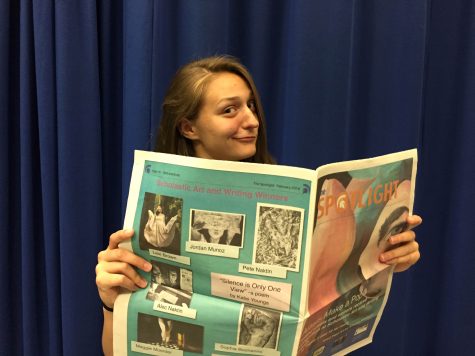What’s the Buzz About Bees?
The honeybee: a majestic, somewhat misunderstood creature; important to our agriculture and food production. A new hurdle has been added for honeybees to overcome: Colony Collapse Disorder, or CCD – a disease in which honeybees disappear from their hives. Honey bees die from a multitude of other causes, so what makes CCD so significant?
“It [CCD] was widely recorded, and first noticed and reported in 2006 or so, primarily by commercial beekeepers, large beekeepers that manage thousands of colonies,” Lehigh Valley Bee Association President Steven Finke said. “Of course they are very dependent on the bees being alive and thriving right up before they move them into the pollination track, and that’s why they were surprised that suddenly half their bees had left.”
A part of the reason why CCD is being treated as such a big deal is because researchers haven’t been able to pinpoint what’s causing it. After all, CCD isn’t the only reason honeybees are dying, and it’s not the first time that bees have mysteriously disappeared.
“Beekeepers report that one week they look into the hive and everything is normal; there’s brood in there, larva, and then within one to two weeks, suddenly all the bees are gone except for the queen and a handful of bees,” Finke said. “There are no dead bees around the hive or in the hive, and there’s still an active brood. Honeybees normally are very reluctant to leave their brood, which is why this condition is very unusual and very noticeable.”
Certain stressors that honeybees currently face have been considered as a cause of CCD in some currently unknown blend. Examples include parasites like varroa mites, which are often found in colonies affected by CCD; pathogens, more likely than not a multitude; environmental stressors like pesticides; and management stressors, like poor nutrition and moving a colony to multiple locations across the country.
“There’s a whole side of the industry where beekeepers keep their bees around the country, where they take their bees to pollinate crops,” biology teacher Mr. Ed Sinkler said.
CCD is mainly affecting large scale commercial beekeepers, and not local beekeepers like those involved within the Lehigh Valley Beekeepers Association. This means that individuals may see an increase in the price of honey from commercial producers, and that those employing beekeepers to pollinate their fields will see an increased fee for pollination.
“I think it’s really worrying because bees pollinate a lot of the plants that we need for food, and without them it’s going to be really hard to grow anything,” senior Kelsey Grube said.
There are quite a few ways to help the honeybees. One way is to plant pollinator friendly plants, like sunflowers, clematis, and even herbs, like mint. What kind of pesticides and when they are used is also something to take into consideration. For example, pesticides should not be sprayed in the middle of the day when honeybees are most active. Lastly, the Lehigh Valley Beekeepers Association encourages people to start their own honeybee hives.
“I and others in our club still think that it’s very reasonable to be [a] beekeeper yourself. It’s not that hard and with the right clothing it’s not that scary,” Finke said. “There’s a lot of fun in beekeeping.”
More information can “bee” found on their website: www.lehighvalleybeekeepers.org

Allison Borelli graduates as a four-year Spotlight staff member. She has been a student reporter all four years, and features editor for two.
Outside...


